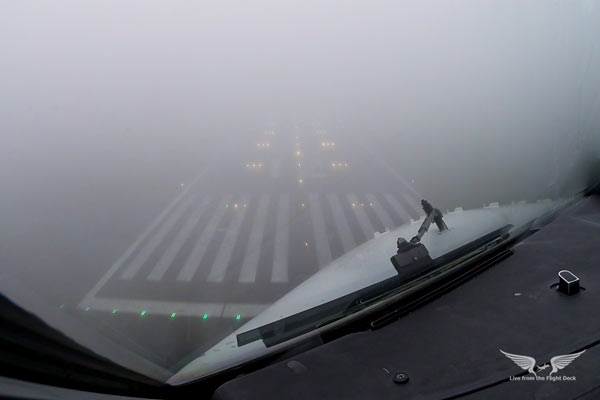Modern aviation has reached new heights of efficiency and safety—thanks in large part to automation. From autopilot systems to auto-thrust, Flight Management Systems (FMS), and ECAMs, today’s aircraft practically fly themselves. But while automation has reduced pilot workload and enhanced operational precision, it has also introduced a hidden hazard—over-reliance.
At Eazy Pilot, we train students not only to understand automation but also to manage it wisely. This blog explores whether automation is a blessing or a blind spot—especially for new-generation pilots.
What is Automation in Aviation?
Automation refers to the use of computerized systems to manage various flight operations. These include:
- Autopilot (AP) – Controls the aircraft’s heading, altitude, and navigation
- Flight Director & FMS – Provides optimized flight path commands
- Auto-thrust (A/THR) – Adjusts thrust automatically to maintain speed or climb rate
- ECAM/EICAS – Monitors systems, provides warnings, and offers corrective procedures
- Autoland – Enables automatic landing in low-visibility conditions
These tools are vital in commercial aviation—but they must be used with judgment, awareness, and redundancy.
The Blessing: How Automation Helps Pilots
1. Reduced Workload
Automation handles repetitive and routine tasks, allowing pilots to focus on monitoring and decision-making—especially during cruise or long-haul operations.
2. Precision & Efficiency
Computer-managed systems maintain perfect vertical profiles, fuel economy, and navigation accuracy that manual flying cannot consistently achieve.
3. Enhanced Safety Systems
Automation detects system failures, calculates optimum climb profiles, and monitors airspeed, attitude, and terrain. It also provides automated checklists and warnings.
4. Supports Low Visibility Operations
With CAT III autoland, flights can safely land in near-zero visibility—a task that would be dangerous or impossible manually.

The Blind Spot: Risks of Over-Dependency
1. Manual Flying Skills Deteriorate
Overuse of automation can erode a pilot’s ability to:
- Hand-fly precisely at all phases of flight
- Recover from unusual attitudes or upsets
- Manage an aircraft during system failures
This is particularly dangerous during automation failures or sudden handovers.
Case Study: Air France 447 (2009)
When autopilot disengaged due to faulty airspeed readings, the crew’s lack of manual flying skill led to a stall from which they couldn’t recover—despite ample time and altitude.
2. Loss of Situational Awareness
When pilots become “button pushers,” they may:
- Stop actively monitoring the aircraft’s performance
- Miss important cues from the environment or instruments
- Fail to detect mode changes or programming errors
This is known as “mode confusion” and can lead to dangerous deviations.
3. Automation Complacency
Pilots may assume:
“The system will take care of it.”
This mindset creates delayed reactions to emergencies, missed checklist steps, or improper system monitoring.
4. Poor FMS Programming Skills
Many errors stem not from automation failure—but from incorrect data input into the FMS. If you don’t know what you’re commanding the system to do, you can’t trust what it does.

How Eazy Pilot Prepares Students to Manage Automation Wisely
At Eazy Pilot, we believe in creating pilots who are competent both with and without automation. Our training includes:
✅ Manual Flying Emphasis – Practicing raw data flying, trim control, and attitude management
✅ Automation Management Lessons – Understanding FMS logic, flight modes, and traps
✅ Scenario-Based Training – Including automation failure simulations
✅ Decision-Making Frameworks – Like the DECIDE model for managing technology
✅ In-House Simulator Sessions – For both fully automated and manual handling procedures
We teach students that automation is a tool, not a crutch.
Final Thoughts: Finding the Balance
Automation is a tremendous asset in modern aviation—but only when paired with active monitoring, manual skill retention, and critical thinking.
As a student, learn to fly first, then automate wisely. Always know:
- What the aircraft is doing
- Why it’s doing it
- What it will do next
- And how to take over instantly if needed
At Eazy Pilot, our goal is to train pilots who are not just technically sound, but mentally prepared to fly with or without automation.
“Fly the airplane, not the automation.”
Ready to Train with Purpose?
Join Eazy Pilot Ground Classes to master not only theory—but judgment, systems, and automation management. We prepare you for the realities of modern cockpits—while ensuring you never forget the fundamentals of flight.
Want more aviation insights like this? Subscribe to our blog or follow us on Instagram @eazypilotindia for weekly content on flight training, career tips, and aviation news.